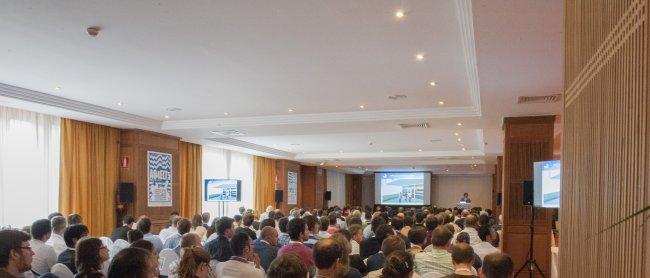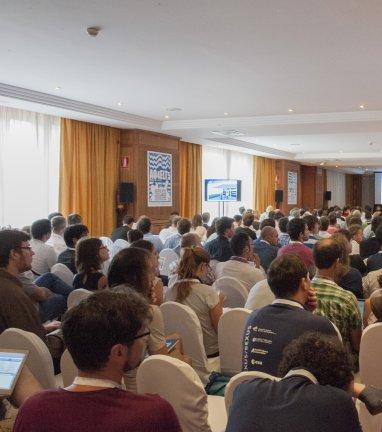Adaptive Optics (AO), a technique for compensating the perturbation produced by the atmosphere in astronomical images, is one of the main challenges faced when building giant telescopes (Extremely Large Telescopes, ELT’s). Its design and implementation is a multidisciplinary task requiring coordination of specialists in several areas. With this objective, from today until next Friday the Vth Conference on “Adaptive Optics for Extremely Large Telescopes” will be held in the Hotel Botánico in Puerto de la Cruz, Tenerife.
“This conference, the most important in the field, is a unique opportunity for the biggest specialists in Adaptive Optics for large telescopes to compare their achievements and problems” explains Icíar Montilla, an engineer at the IAC and Chair of the Scientific Organizing Committee of the conference. The meeting will allow the participants to learn from each other, to resolve doubts, and to meet colleagues, as well as to attend the lectures. It is a forum for the experts in all the specialities which are needed to make a successful instrument using AO: optical engineering, mechanics, and software, as well as the science and management. AO is very complex, especially for very large telescopes, and require excellent communication and collaboration among all the specialities.
The conference programme includes sessions dedicated to science, because this technique is demanded more and more by the scientific community and has notable projection for the future. There will also be visits to the Teide Observatory (Izaña, Tenerife) and to the Roque de los Muchachos Observatory (Garafía, La Palma), to give the participants a complete overview of the telescopic installations and of the forefront technology being developed at the IAC.
“At this event” adds Icíar Montilla, “we will count on the presence of many companies. There is a clear interest within industry in AO developments (such as the latest sodium lasers) and in building fruitful cooperation with the scientific institutions. The IAC is well placed to make a big step forward in this speciality, at a time when we are making laboratory tests of the future “AO Facility” on the Gran Telescopio CANARIAS (GTC), which will provide this, the biggest telescope in the world, the capacity to observe at high angular resolution. It will give the chance for the engineers and scientists at the IAC who are working in this field to integrate into the wider international AO community”.
Related press releases:
Fifth edition of the “Adaptive Optics for Extremely Large Telescopes” meeting



